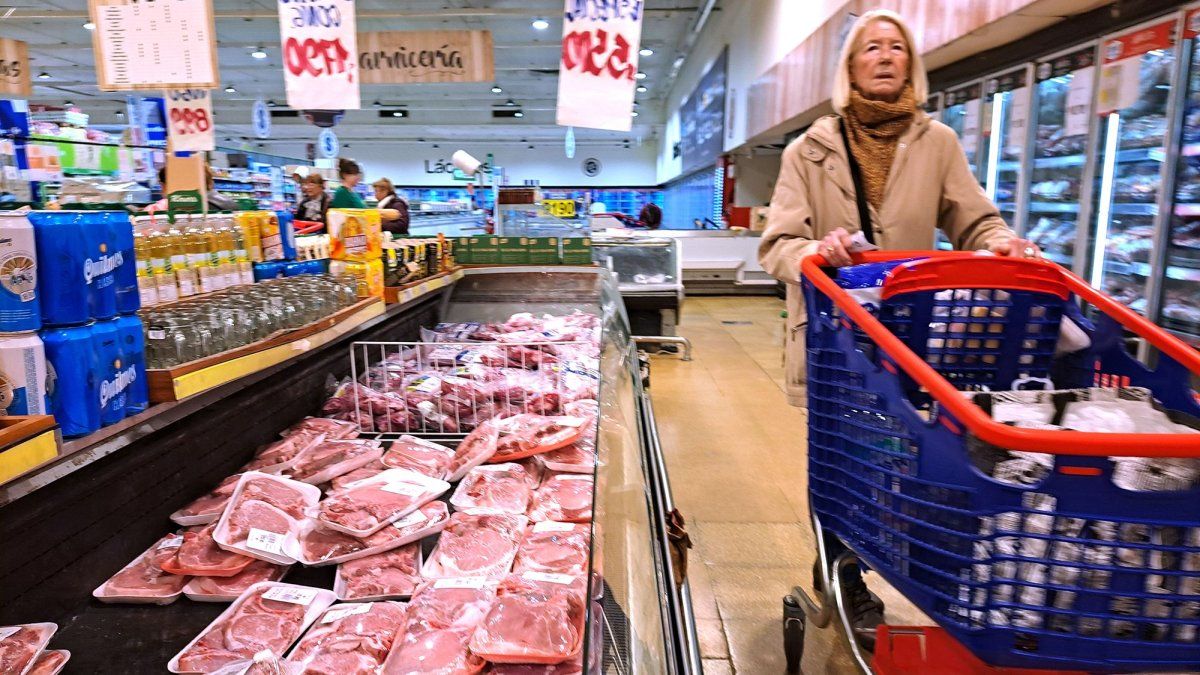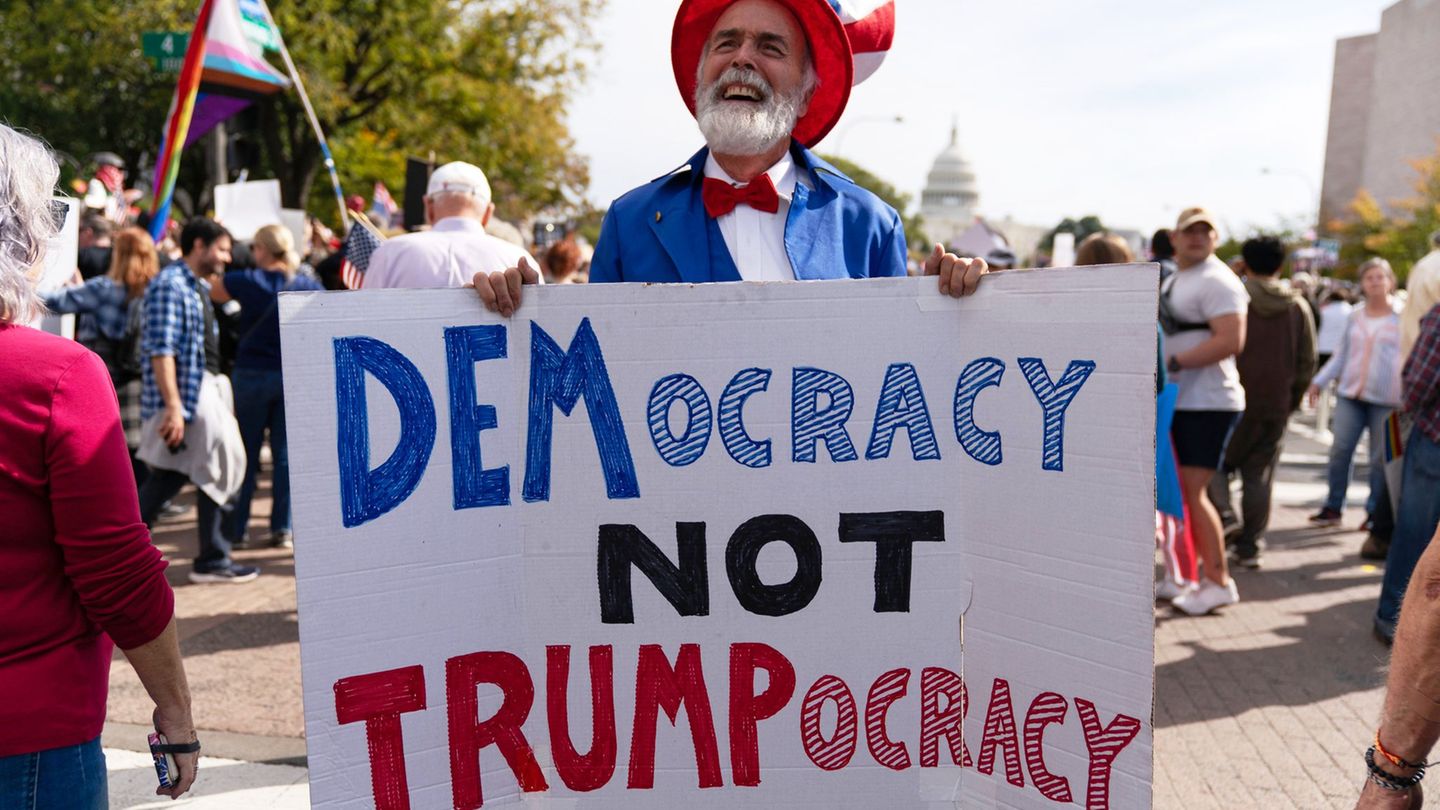In May the Consumer Price Index (CPI) prepared by INDEC recorded an increase ofl 4.2%; in jUnion was 4.6% and July was 4%. There is a chance that in August it will have remained at those levels, which marks the difficulty of the economic team to pierce that floor.
In this regard, the icore inflation, which does not take into account seasonal variations in prices or the rates of regulated services, remains at a valley bottom of 3.7%This raises doubts about the effectiveness of the government’s plan to force a recession by drying up pesos from the market.
In fact, Caputo has in mind to continue announcing measures in the coming weeks aimed at to reduce the costs of companies, so that some of this is reflected in the pockets of the final consumer.
From the first business day in September, decided to reduce the PAIS Tax rate by 10 points. It will drop from 17.5% to 7.5% and that is supposed to have some impact, although it is very likely to be very limited. The reduction will apply to imports of goods and inputs that are made in the future.Goods with the integration of imported inputs, as well as those that are 100% foreign, have already paid the tax.
According to the head of the Treasury Palace, he said in a radio interview that in the next few days will be launching a new package to ease the inertia of prices.
More encouraging private forecasts
utdt.png
According to a report by the consulting firm Equilibra, This month’s CPI will close at around 3.5%In that case, the government would have managed to break the 4% floor. In addition, the consultancy estimates that core inflation would be at 3%. These estimates are based on information from the third week of the month.
Instead, If you take public perception Regarding the price environment, the expectations survey prepared by the Center for Financial Research (CIF) of the Torcuato Di Tella University (UTDT) shows that for the public the average annual increase in the CPI is stuck at 50% since May. In other words, consumers’ perception is that prices are still rising at a certain speed, which is slower than at the beginning of the year (150% in January), but that they are not slowing down.
Despite this, and despite the fact that Caputo He said he has more measures in his studies to slow down inflationary inertia, It has emerged that the Government is considering raising electricity and gas prices again across the country in September.
If the decision is approved, the increase will be 4% on average in the bills of households, industries and businesses, just below the increase that will apply Aysa for water and sewage in the metropolitan area.
Added to this is the impact that the removal of subsidies for public transport in the City and Province of Buenos Aires and that fuel prices will rise by an average of 2.5% throughout the country due to a new deferral of the tax on liquid fuels (ICL).
In the case of energy bills, Caputo He and his team are analyzing the magnitude of the increase that will be applied starting next month.
Source: Ambito




